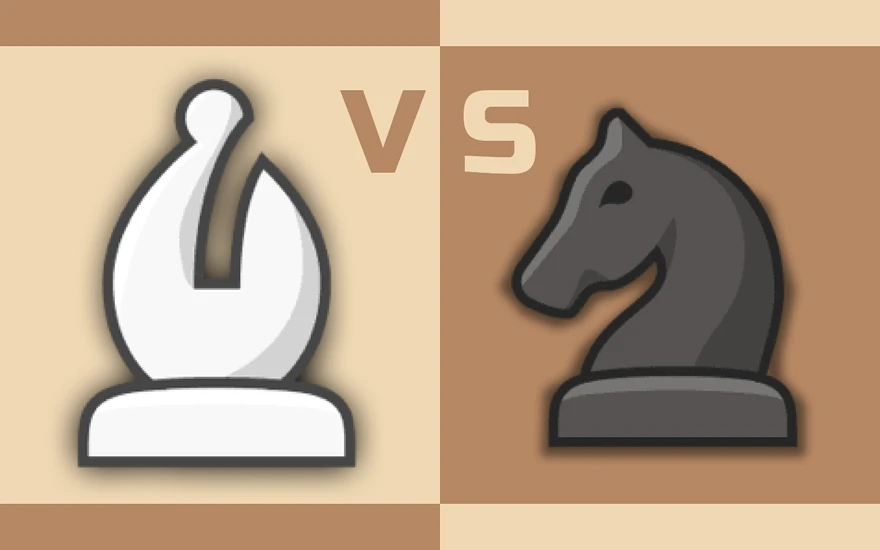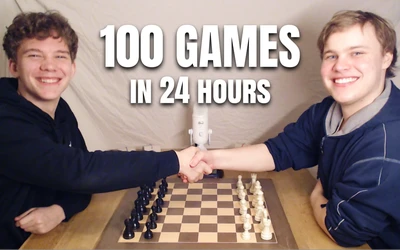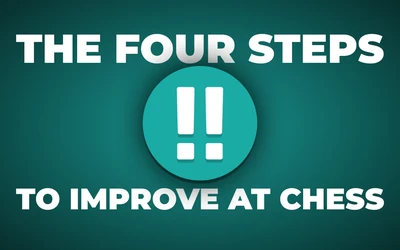
Bishop vs Knight: Which Piece is Better?
Chess fans often hear experts rave about “the bishop pair” and wonder why it’s such a big deal. Both bishops and knights are worth 3 points each, so what’s the fuss? Let’s break down the differences between these two pieces and see their pros and cons.But before I explain, please consider joining our discord server. We’re giving out free coaching material like this to promote our online tournament Champions Chess League (CCL) that we stream on our youtube channel. :)
Don’t forget to leave a like!! <3
Why Horsies Are Awesome!
Jumping Over Pieces
Knights are the only pieces that can jump over others. This is super handy in cramped positions where pawns block the way. In such scenarios, a bishop struggles to find good squares, but a knight can hop right over the pawn wall and cause trouble in the opponent’s camp. So, knights shine in closed positions, while bishops do better in open spaces.
White is a pawn down but is winning because their knight can jump into blacks territory and attacks the weak pawns.
Great for Blocking
When you need to block a passed pawn, knights are the go-to piece. You might have heard this already, but why is that? First off, an important quality of a blocker is that they can’t get chased away easily. If the queen is the blocker, it can be chased away by a pawn, bishop, knight and also the rook. Therefore the queen is the worst possible blocker. In other words, the lower the value of the piece, the better the blockade.
"Then how come is the knight a better blocker than the bishop, even though both are valued at 3 points?"
Well, the answer lies in the nature of their respective values. Much of a bishop's value is derived from its range of movement, whereas a knight's value is based on the squares it controls. This distinction explains why the term “outpost” is commonly associated with knights and less so with bishops. When a bishop blocks, it cannot move without also blocking the passed pawn it is supposed to stop. Conversely, a knight can block while still controlling crucial squares, making it a more effective blocker.
What are the Downsides of Knights?
Can’t Triangulate
Knights switch the color of the square they’re standing on every time they move, which means they need an even number of moves to return to their original square. This means they can’t "waste" a move when it might be strategically beneficial. In some endgames, being able to lose a tempo is crucial, and knights just can’t do it.
Limited move-options
When you think about it, knights can only move a total of 8 squares, all of which are on light-squares. This can lead to the knight being dominated by a bishop, or even worse, trapped. Additionally, it means a knight on the side of the board is very poor, hence the famous saying:
A knight on the rim is total garbage and completely useless!
What Makes Bishops Great
Their Range of Movement
Bishops can zoom across the board in one move. This mobility helps create multiple threats on both flanks of the board that your opponent has to deal with. For instance:
White might be slightly better, but black should be able to hold.
Now that there’s targets on both flanks, black will be forced to commit to one side with their knights, while white will attack the other. This is a completely winning endgame for white.
Ability To Trade On Their Terms
Bishops can often trade themselves for strong knights, showing their flexibility. This ability to exchange pieces makes the bishop pair particularly powerful, as they can adapt to different situations and neutralize key enemy pieces.
Bishop Downsides
Stuck on One Color
Bishops can only control one color of squares, which can be a big downside. This limitation might prevent them from capturing certain pawns or winning against a lone king.
This is famously a drawn endgame because there’s no way to promote the pawn since white’s bishop is on the wrong color-square.
Struggling to Work Together Against a Weakness
Two bishops can’t team up as effectively as a knight and bishop can to attack a single weak spot. For example, if there’s a weak pawn, a knight-bishop combo can target it more effectively than two bishops can.
If the e6-bishop was a knight black would probably be fine.
Conclusion
Knights are best in closed positions and when you’re playing on one side of the board. Bishops, especially in pairs, excel in open positions and when they can control multiple areas of the board. Knowing these differences can help you make the most of your minor pieces in your chess games.
More blog posts by Zig_Zag_Zug_Zwang

The 100 Game Marathon
I’m writing this about an hour and a half before the marathon starts, and honestly, I’m both excited…
What Reading About Human Intelligence Has Taught Me About Chess
In the room where I often sit to study chess, there’s a sort of "mini-library" filled with my dad’s …
How To Improve At Chess In 4 Simple Steps
In this post I’ll talk about 4 simple steps to improve at chess. To complement it, I’ve also decided…
